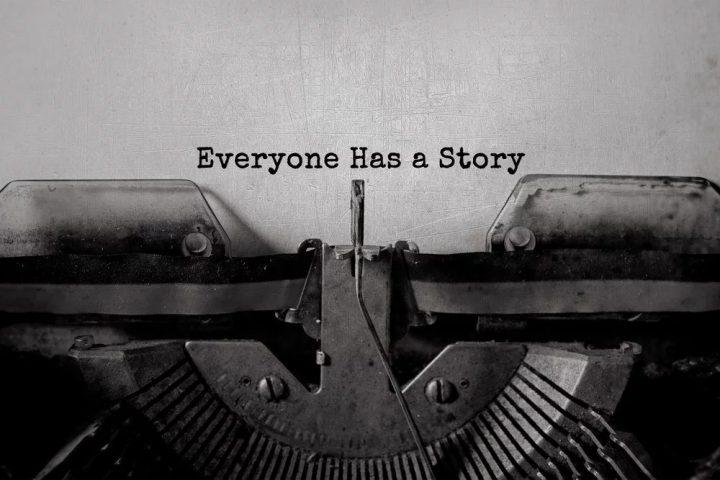Lights, Camera, Understanding: Actors with Disabilities Offer a Reality Check

I couldn’t help but smile when I saw Bernadette Scarduzio pop up in the final moments of Episode 3 of the sixth season of “Orange Is the New Black.” Her character has no dialogue, but she and her scooter are on screen long enough to make an impression on viewers like me.
I hadn’t watched the show in years, but I started watching it again after Scarduzio said she was an extra in a couple of episodes. Seeing her in the show reminded me of a story she’d told me about when she was a child, embarrassed by the way she walked. And it made me think about the representation of disability in the media.
Scarduzio said she’d always had dreams of being in front of a camera and performing. She took acting classes as a child, and her dad used to love documenting her with the family camcorder. But because of Charcot-Marie-Tooth, a disease that affected both her dad and her, she walked with a limp. And, she said, other kids used to tease her about it.
In middle school, she was in line to audition for a play when doubts filled her mind.
“I was thinking, ‘Oh, my God. What am I doing?’” Scarduzio told me. “‘I walk with a limp. [The directors] aren’t going to want me.’”
She left the line and never auditioned. Scarduzio said her doubts about whether pursuing acting was worthwhile followed her until a friend wanted to tell Scarduzio’s story in a documentary film.
I’m glad Scarduzio is continuing to pursue her interest in acting. I’m also glad we have folks like her who are willing to speak publicly about their disabilities and struggles.
“Orange Is the New Black” may be far from perfect in terms of allowing characters with disabilities to have the chance to voice their own narratives, but featuring an actor who has a disability is a good step. Too often, these stories and examples are hard to find in popular entertainment.
This hadn’t been a topic I gave much thought to until recently. Because my disability is largely invisible, while I was growing up, everyone around me made a bigger deal about my race than my CMT. Like many Asian Americans, I have stories about dealing with assumptions and stereotypes that were reinforced by what people saw portrayed in popular media.
But as I’ve been thinking more about my identity as a fellow with CMT, I can’t help but think more critically of the media I consume and how films and television treat narratives related to disability.
I don’t remember the last time I saw an actor with a disability playing a character with that disability — RJ Mitte in “Breaking Bad,” maybe?
I don’t think every portrayal of disability in a film or on television needs to feature an actor with that disability. Sometimes it just isn’t practical.
However, when casting directors pass on the opportunity to let actors with disabilities represent themselves in films and television, the message to viewers — intentional or not — seems to be that those with disabilities are too unskilled, too undesirable, or incapable of sharing their own narratives. And that’s wrong.
Movies, television, and other popular media wield a lot of power in society. Those who help create these stories should respect the power they have. False narratives reinforced by clumsy portrayals of minorities suppress the nuances that are important in conversations regarding diversity.
People need to have their stories told so we can all understand the nuances of our existence and our interactions with one another. Everyone should be able to see their narrative valued by society. And I think that by now, we should all be able to expect an accurate representation of our diversity from media that supposedly reflects us.
I hope that if a young person is having doubts about whether they should pursue their passion because they are afraid of being rejected for who they are, we can all support them. I hope we can tell them, “You are special, and you have a story worth listening to.”
***
Note: Charcot-Marie-Tooth News is strictly a news and information website about the disease. It does not provide medical advice, diagnosis, or treatment. This content is not intended to be a substitute for professional medical advice, diagnosis, or treatment. Always seek the advice of your physician or other qualified health provider with any questions you may have regarding a medical condition. Never disregard professional medical advice or delay in seeking it because of something you have read on this website. The opinions expressed in this column are not those of Charcot-Marie-Tooth News or its parent company, BioNews Services, and are intended to spark discussion about issues pertaining to Charcot-Marie-Tooth.







Comments